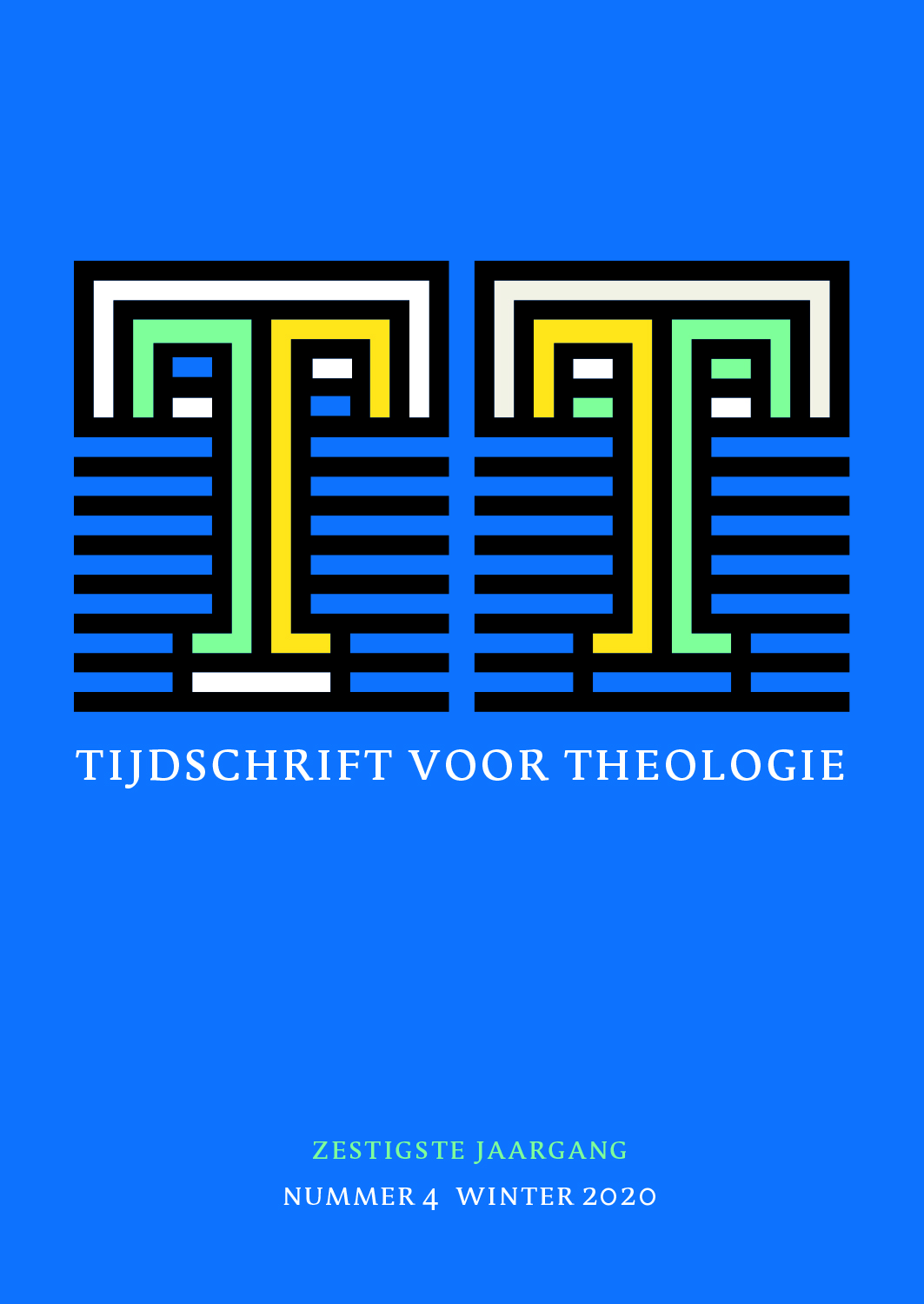 previous article in this issue previous article in this issue | next article in this issue  |

|
Document Details : Title: Seksueel geweld tegen minderjarigen Subtitle: De crisis in de Ierse kerk en een schets van de theologische agenda Author(s): CONWAY, Eamonn Journal: Tijdschrift voor Theologie Volume: 50 Issue: 2 Date: 2010 Pages: 184-204 DOI: 10.2143/TVT.50.2.3203436 Abstract : This paper reviews the past fifteen years of revelations of sexual abuse by Irish clergy and how these were handled by Church authorities and then identifies consequent issues requiring theological consideration and reflection. The conclusion is unavoidable from several media investigations and reports by civil authorities that many victims experienced not only horrific criminal abuse by clergy perpetrators but also what amounted to a second form of abuse by Church authorities that failed to act properly when victims approached them for help. The paper identifies a number of the key theological questions that frequently arise in this context, under two categories: those arising from cases of abuse, and those arising from the mishandling of such cases by officeholders. Though generally of above average intelligence, clergy offenders tend to be very authoritarian and judgmental, and have very negative God imagery. This raises questions regarding how well theological formation integrates with human development in both initial and ongoing formation for priests. The fact that the vast majority of clergy victims tend to be male adolescents also gives pause for consideration. The paper does not see any direct causal link between mandatory celibacy and sexual abuse but suggests that such a state of life may appear appealing to those who are psychosexually immature, and this needs to be addressed, including by provision of a coherent theology of celibacy for diocesan clergy. Because of the strong link between sexual abuse, power and powerlessness, the paper argues for consideration of how power is exercised by priests and how they are enabled to exercise authority in a manner appropriate to the Gospel. In terms of the mishandling of cases and the admission of responsibility, the paper considers the following. The Church is a Church of sinners, but can we speak of a sinful Church? In terms of the Church’s response to victims, this is a key issue. And how can what is perceived as not only a wounded but a wounding Church begin to speak of forgiveness and healing? Can those who have clearly erred exercise credible leadership, and what constitutes credibility in a Christian context? What is the appropriate role of the laity in terms of shared decision-making and accountability into the future? Deep and lasting damage has been done to the roots of faith in a country where Catholicism was part of national identity. The answers to these and other questions will determine whether or not it will be possible to offer Christian faith as a viable and credible life option to future generations in Ireland. |
|
